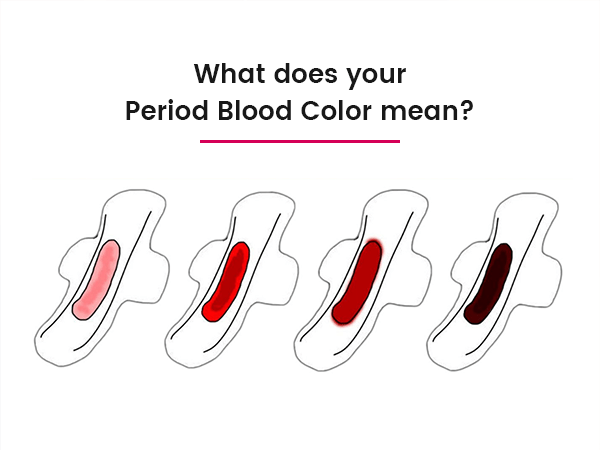
If you’re like most women, when that time of the month hits, you’re already ready for it to be over. However, your menses are an incredibly important gauge of your health and fertility. In fact, the color of your period blood can be incredibly telling.
Menstrual blood can run spectrum of hues—from watery pink, fresh red, rusty brown, blue, and even black. But what do all these variations mean? More importantly, what can your period color mean for your fertility?
Bright Red
Your menstrual blood makes up the lining of your uterus. It should be juicy, alive, and thick in order to provide a nourishing place for your fertilized egg to implant. Imagine thick folds of glorious, red velvet. Fresh, brilliant red is the most fertile expression of menstrual blood and is therefore the color of choice.
Pale Red Or Pink
You need enough density of red blood cells to make healthy blood. If your menstrual blood is watery or pink, you may have difficulty making enough red blood cells or they may not contain enough iron. Common causes of pale blood include being anemic, eating an imbalanced diet, or poor digestion/absorption of nutrients. This is really important to your fertility! Our blood is the source of oxygen and nutrients for each and every organ in our bodies. If you don’t have enough red blood cells, every system will suffer—including your reproductive system.
Brown Or Rusty
If your period blood is dark brown or rusty, your body temperature may be affecting the quality of the blood. If your temperatures are too high in the early part of your cycle (above 97.8 or so), your blood will have a tendency to take on a brown or rusty color—almost as if the blood has been slightly scorched. High body temperature also interrupts the timing of ovulation, which negatively affects your fertility.
Bluish
Conversely, if your body temperatures are too low, your menstrual blood can take on a bluish color—as if the blood has been frozen. Low body temperatures can cause the blood to stagnate and congeal.
You will usually see quite a bit of pain and clotting associated with bluish blood. When you regulate your temperature your blood color will normalize and your clots and pain will also dissipate.
Blackish
In some severe cases, the blood is so stuck that it can become black in color. This immovability will be accompanied by significant pain and clothing. This can be seen in women with a history of fibroids and severe endometriosis.
Women with black menstrual blood can have an incredibly difficult time conceiving, and may also put the mother at a greater risk for clotting problems that can affect the placenta in pregnancy.
In Conclusion
What color is your period? Depending on where you fall in the color spectrum, you’ll be able to take action to develop a more ideal period. Taking an informed look at the color of your menstrual blood is one of the first steps towards an ideal, fertile, and healthy period.






,